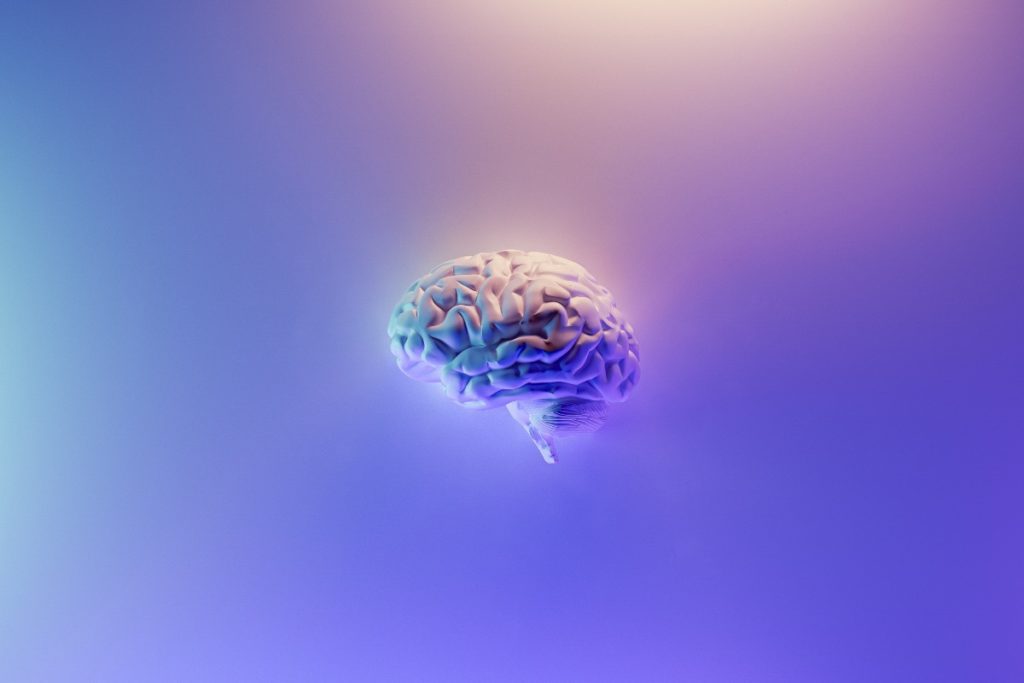Content reviewed by Khelsea Walker
Cocaine abuse has been an ongoing problem in our nation for decades. Both short-term and long-term use of cocaine can lead to severe mental and physical health problems in addition to an increased risk of developing an addiction or substance use disorder (SUD).
Contrary to what users may want to believe, cocaine use, even just one use, can interfere with the way that the brain communicates with itself. Quickly, the brain will motivate the individual to seek out and use the substance repeatedly to achieve pleasurable effects.
In order to understand the severity of the consequences that cocaine use can have on a person’s life, it may be helpful to recognize how the brain is impacted by cocaine. Similarly, it is essential to know that treatment is available and recovery is possible for anyone who may be struggling with SUD, even when it involves cocaine.
What Is Cocaine?
Cocaine is a stimulant drug that is derived from the leaves of the coca plant, native to South America. It has been used by healthcare providers for years as a legitimate medicine, more specifically, as a local anesthetic for some surgeries. The recreational use of cocaine is illegal, as cocaine is a powerfully addictive drug.
As a street drug, cocaine is typically a white, crystallized powder. The most common way that cocaine is used is by inhaling it through the nose. However, other people rub it into their gums or dissolve the powder in liquid and inject it directly into their bloodstream. Another popular method of cocaine use is smoking the vapor after heating the crystals. When cocaine is used in this way, it is known as crack cocaine.
Stimulant drugs produce effects, such as:
- Extreme euphoria
- Mental alertness
- Hypersensitivity to senses
- Irritability
- Paranoia
The Fentanyl Epidemic
Not only is cocaine use on its own problematic, but the last several years have introduced new usage concerns that must be brought to attention. Because cocaine is a street drug, the substance is not regulated. This means that individuals who use cocaine must obtain the substance from street dealers, who frequently cut certain drugs with cheaper substances to increase their profits. As a result, buyers cannot be sure that what they are purchasing is pure cocaine.
In the year 2020 alone, just under 100,000 individuals lost their lives from a drug overdose. The most common drugs involved in these deaths, as well as the tens of thousands of other drug overdose deaths in other years, are synthetic opioids, particularly fentanyl. Fentanyl is an intensely powerful opioid drug. Although it can be prescribed for treating severe pain, it is also made and used illegally.
Unfortunately, street dealers are known to mix fentanyl into drugs like cocaine, as illegal fentanyl is cheaply made. Since fentanyl is immensely potent, even a small amount of it can be fatal. Unsuspecting cocaine buyers may overdose as a result of drug contamination. No one can know for sure if what they are purchasing is pure cocaine.
Cocaine’s Impact on the Brain and Substance Use Disorder
Cocaine can lead to both short-term and long-term changes in the brain. Similar to the effects of other drugs, cocaine use interrupts brain circuits responsible for reinforcing pleasurable behaviors as well as regulating emotions.
In the normal communication process between neurons in the brain, dopamine is released into the synapse of a cell and binds to dopamine receptors on neighboring neurons. Without the influence of addictive substances, dopamine is recycled back into the initial transmitting neuron with the help of a protein known as a dopamine transporter. When cocaine is used, the chemicals of the drug attach to this dopamine transporter and block the normal recycling process. As a result, there is an excess of dopamine in the synapse of the cell, which is what produces the artificially-pleasurable effects of the drug.
This flood of dopamine reinforces substance-seeking and substance-using behaviors. The human brain is naturally wired to repeat pleasurable experiences, and drug use can interfere with this natural system. When a person uses cocaine repeatedly, the reward circuit will adapt and become less sensitive to drug use. This means that a person’s tolerance to the drug has increased and causes them to eventually take more of the drug, or take it more frequently, to achieve the desired effects.
Treatment Is Available for Cocaine Use and Addiction
The bottom line is that cocaine use of any kind is dangerous and problematic. If someone you love is using cocaine, it is important to recognize potential warning signs that may indicate that they are struggling with cocaine addiction. Treatment must address SUD as well as any underlying or co-occurring problems through behavioral and pharmacological interventions. Effective therapeutic modalities that are most often used to treat cocaine addiction include cognitive-behavioral therapy (CBT), contingency management and therapeutic communities.
If you or a loved one is struggling, know that treatment and support are available.
New Hope Ranch is a men’s only addiction treatment facility that understands the challenges one is likely to experience during their treatment and recovery journey from substance abuse, especially when cocaine is involved. Effective treatment must work to treat any co-occurring mental health problems that may be present. At New Hope, we provide mental health and addiction treatment. We are dedicated to providing a safe and secure residence to our patients so they can properly heal from the effects of substance use. To learn more about our facility, call us today at (737) 600-8565.
